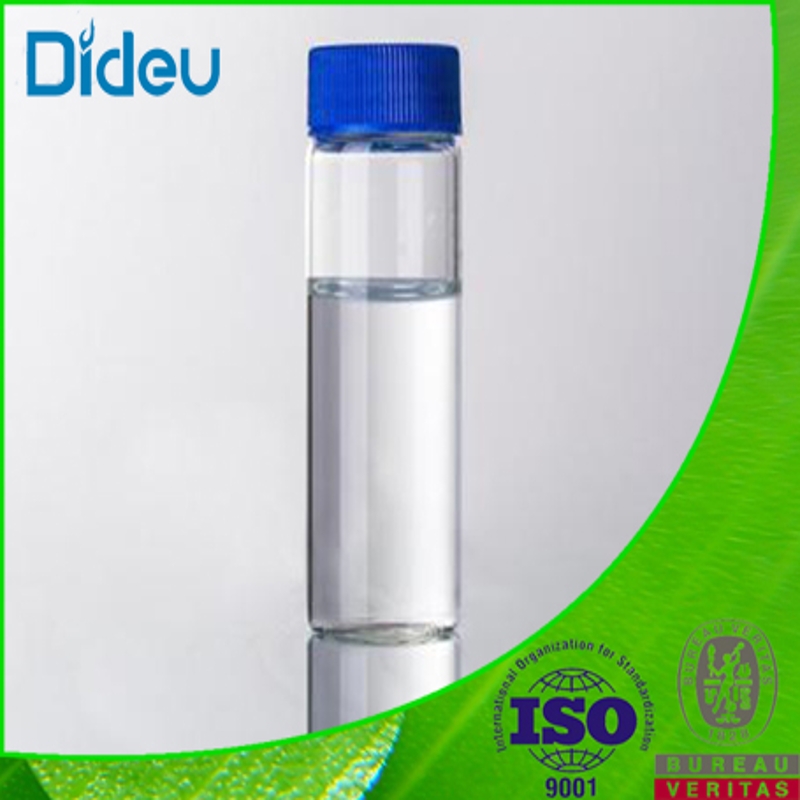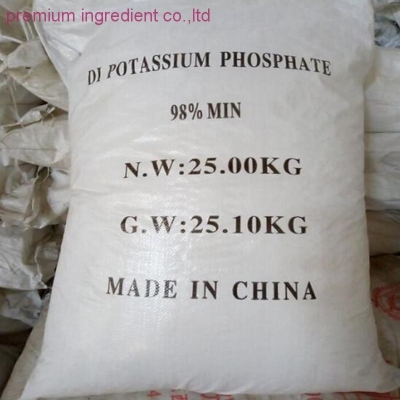What are the varieties of emulsified wax
-
Last Update: 2019-01-14
-
Source: Internet
-
Author: User
Search more information of high quality chemicals, good prices and reliable suppliers, visit
www.echemi.com
Introduction: emulsified wax is emulsified with special neutral non-ionic emulsifier to avoid the disadvantages of unstable alkaline saponification and easy stratification It can be stored in the shade for two years without stratification, demulsification and agglomeration What are the types of emulsified wax with the following safety net? Appropriate emulsification temperature can make paraffin particles disperse in water rapidly and fully under the action of agitation, and improve the stability of emulsion It is found that when the emulsifying temperature is lower than 65 ℃, the performance indexes of the emulsifying wax are poor, but when the emulsifying temperature is higher than 90 ℃, the stability of the emulsifying wax in long-term storage is also poor The emulsifying temperature should be 65 ~ 90 ℃ Do you know that the emulsifying wax is good? Of course, the emulsified wax is to disperse it in water With the aid of the directional adsorption of emulsifier, it changes the surface tension and becomes a high dispersion, uniform and stable emulsion under the action of mechanical external force The production of emulsified wax is a quite mature technology, which can be used in paper making, leather, wood, agriculture, explosives, medicine, ceramics, cosmetics, automobile protection and other industries and fields This paper mainly studies the emulsification phenomenon and emulsification effect of paraffin as raw material Let's take a look at the varieties of emulsification wax? 1 Microcrystalline paraffin microcrystalline paraffin is mainly composed of exoalkanes, cycloalkanes and some straight chain hydrocarbons, and its molecular weight range is about 500-1000 This is a relatively small crystal, soluble in non-polar solvents, insoluble in polar solvents 2 There are many kinds of liquid paraffin and their lubricating effects are different In the early stage of extrusion, the lubrication effect is good and the thermal stability is good However, due to poor solubility, the product is easy to stick when the dosage is too much 3 Polyethylene wax (ACPE) refers to low molecular weight polyethylene with molecular weight of 1500-25000 or partially oxidized low molecular weight polyethylene It is granular, white powder, block and milky white wax It has excellent fluidity, electrical performance and demoulding performance 3 Semi refined paraffin is a granular white solid, its relative density increases with the increase of melting point The product has good chemical stability, moderate oil content, good moisture-proof and insulation performance, and good plasticity Semi refined paraffin wax production candle flame concentration, smoke-free, no tears It is used to make candles, crayons, wax paper, general telecommunication equipment, short circuit and light industry, chemical raw materials, etc 5 Chlorinated paraffins chlorinated paraffins are golden yellow or amber viscous liquids, which are nonflammable, non explosive and extremely volatile Soluble in most organic solvents, insoluble in water and ethanol When heated to above 120 ℃, it will decompose itself slowly and release hydrogen chloride gas Oxides of iron, zinc and other metals will promote its decomposition Chlorinated paraffin is an auxiliary plasticizer of PVC Low volatility, non combustible, odorless, non-toxic This product replaces a part of the main plasticizer, which can reduce the cost of products and reduce the flammability It is mainly used for PVC cable material, water pipe, floor material, film, artificial leather, etc The above is the content of the emulsified wax variety introduced by the small edition of Baibai safety net If you want to know more about food additives, please continue to browse the content in the food safety knowledge base of this net, so that your family can eat healthier food Editor in charge: Zhang Xiaofu
This article is an English version of an article which is originally in the Chinese language on echemi.com and is provided for information purposes only.
This website makes no representation or warranty of any kind, either expressed or implied, as to the accuracy, completeness ownership or reliability of
the article or any translations thereof. If you have any concerns or complaints relating to the article, please send an email, providing a detailed
description of the concern or complaint, to
service@echemi.com. A staff member will contact you within 5 working days. Once verified, infringing content
will be removed immediately.







